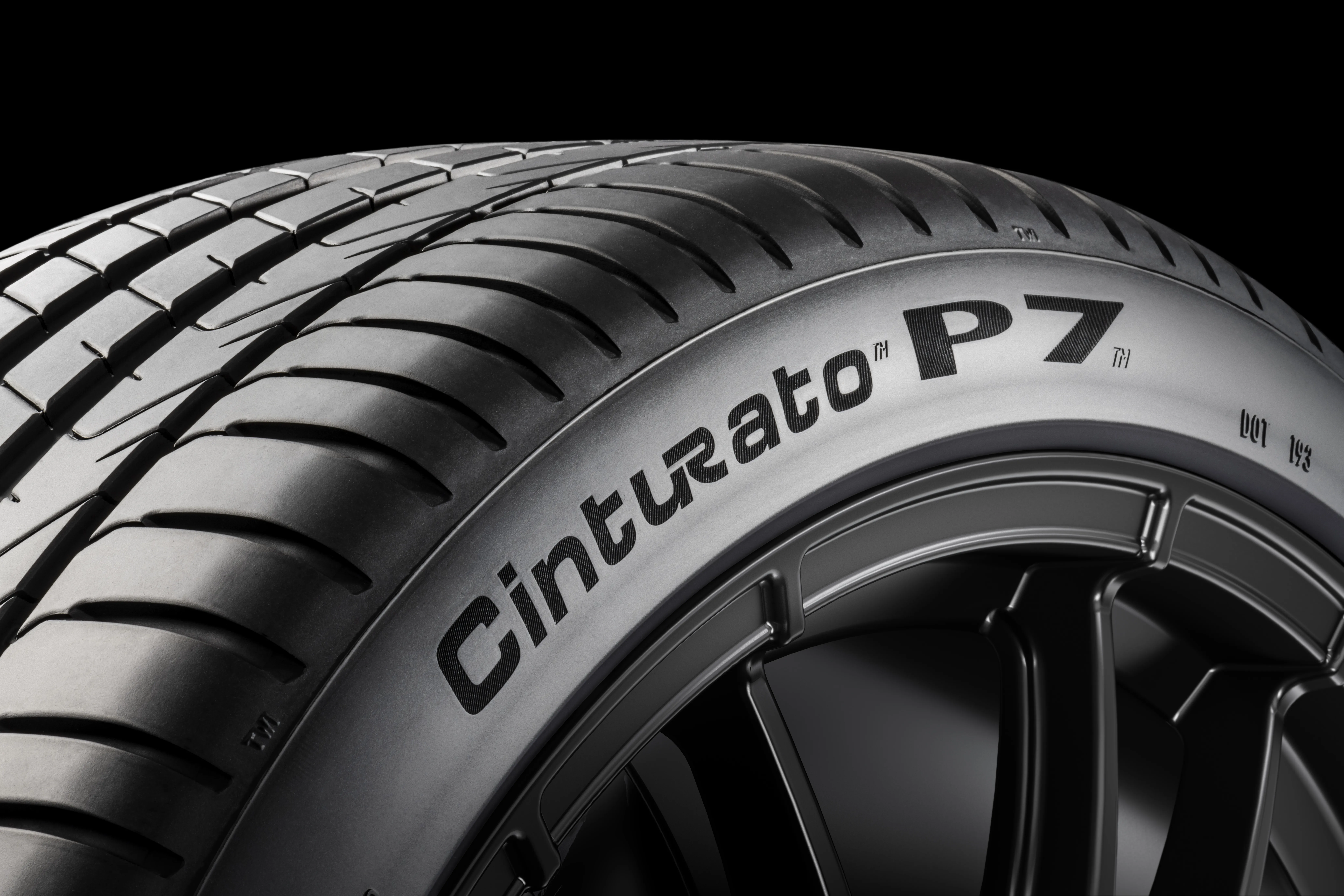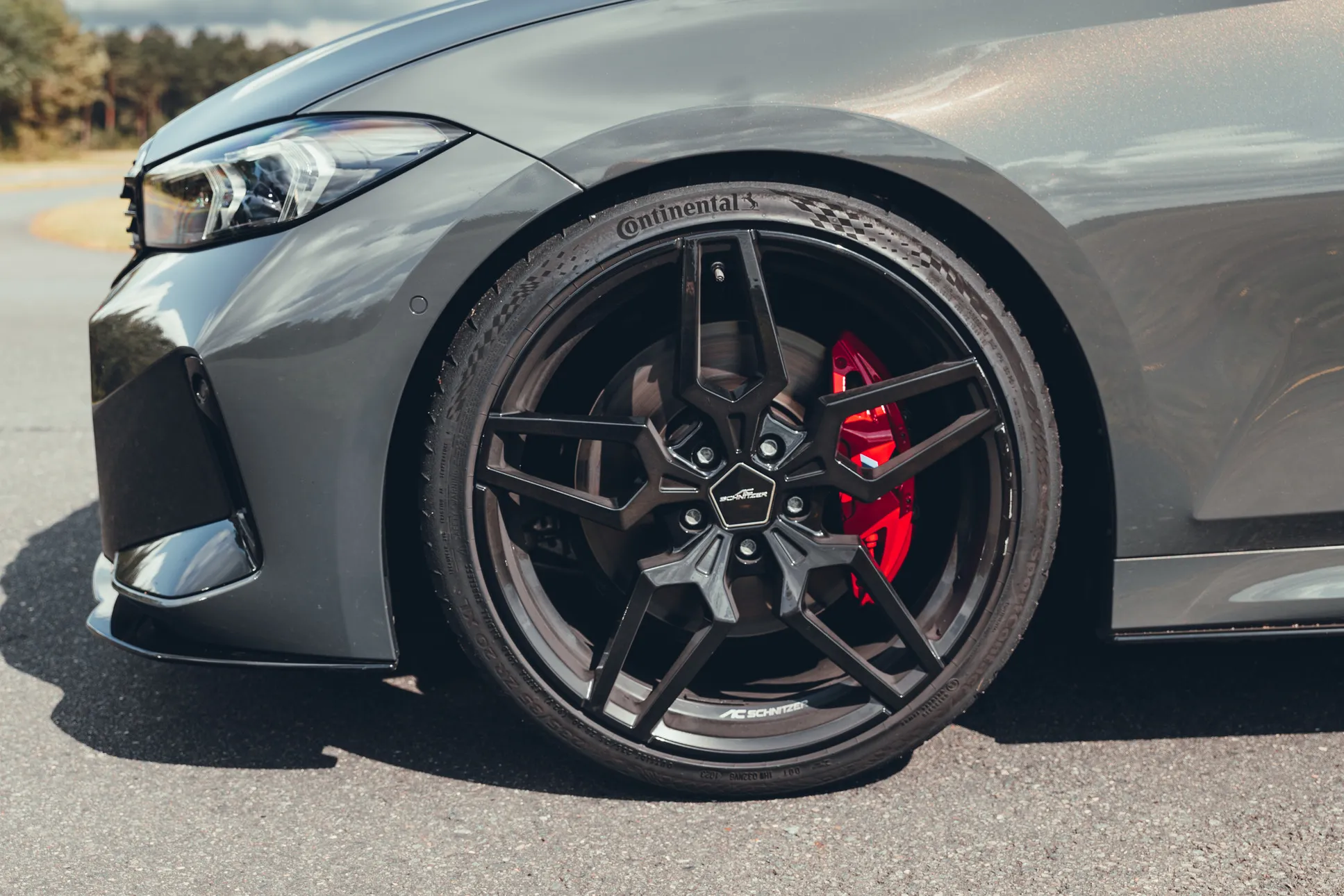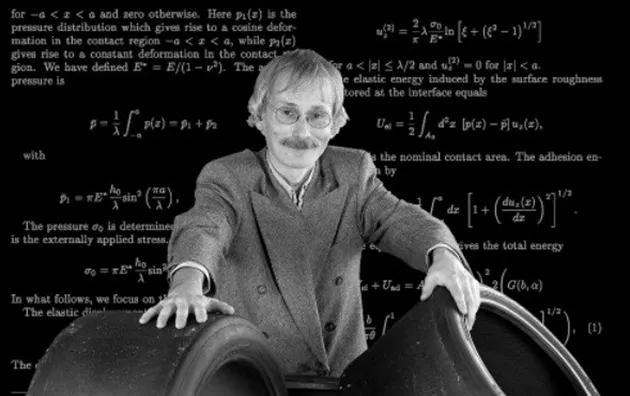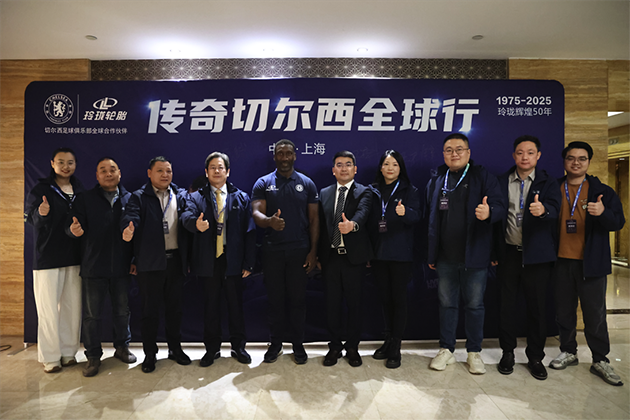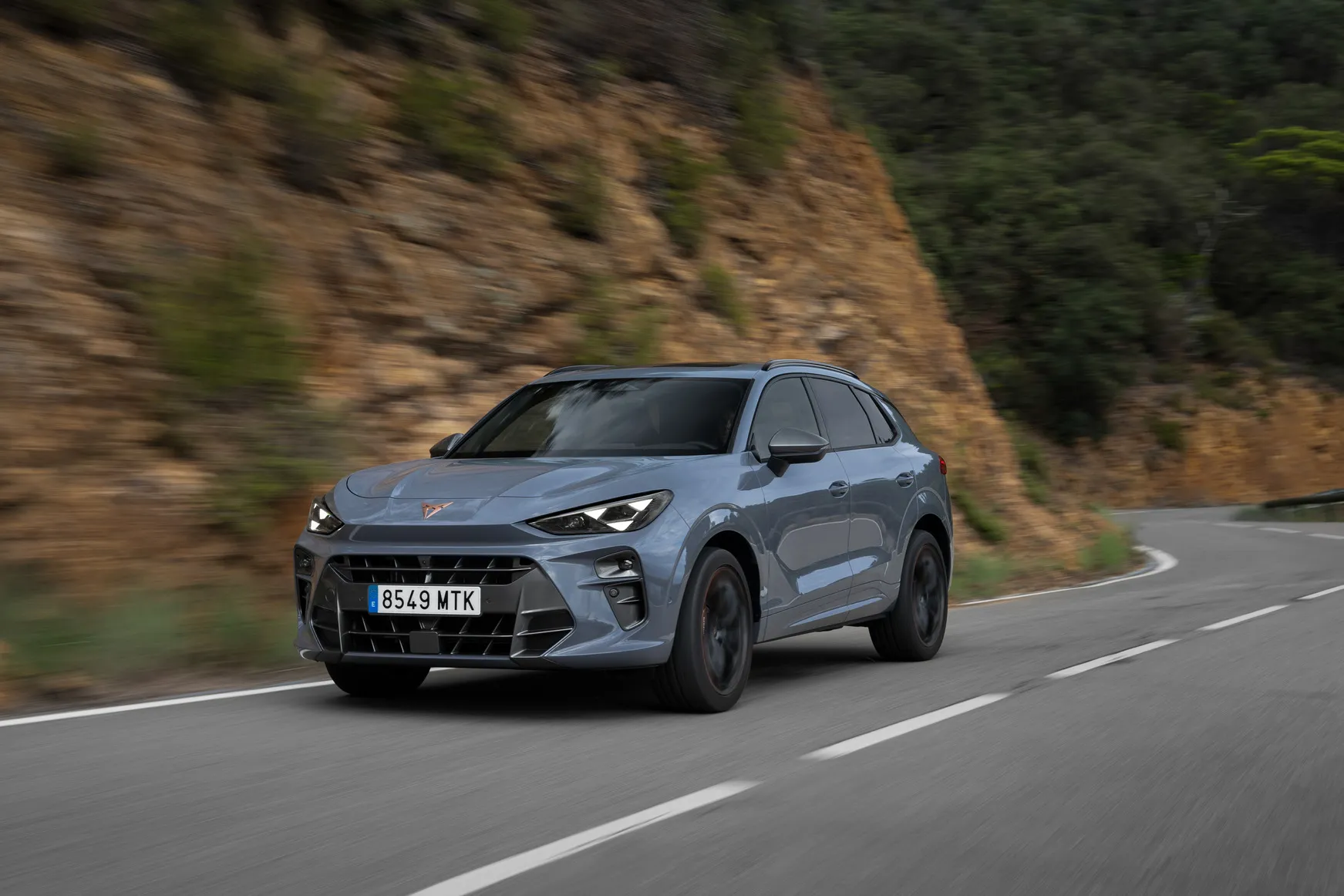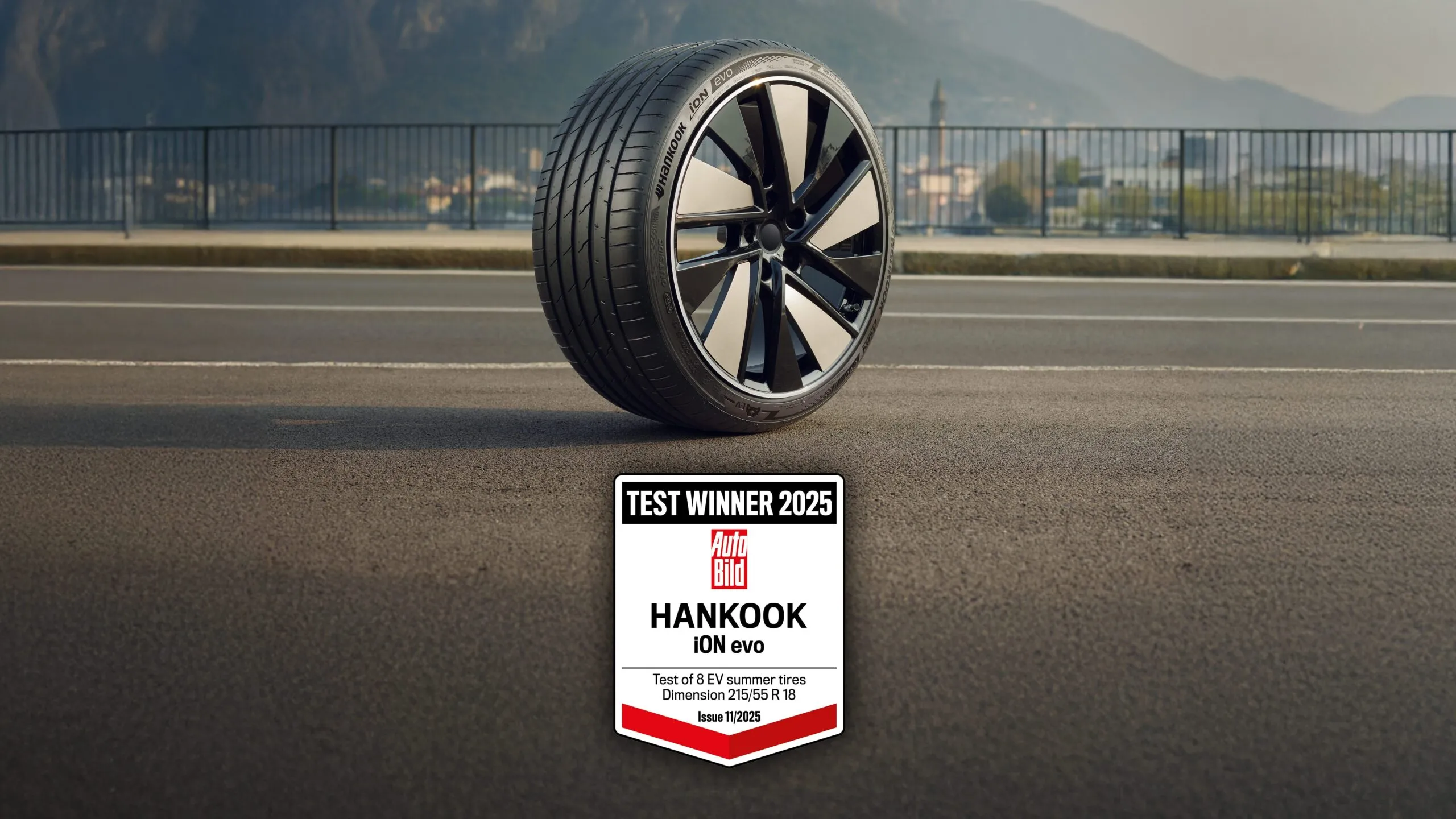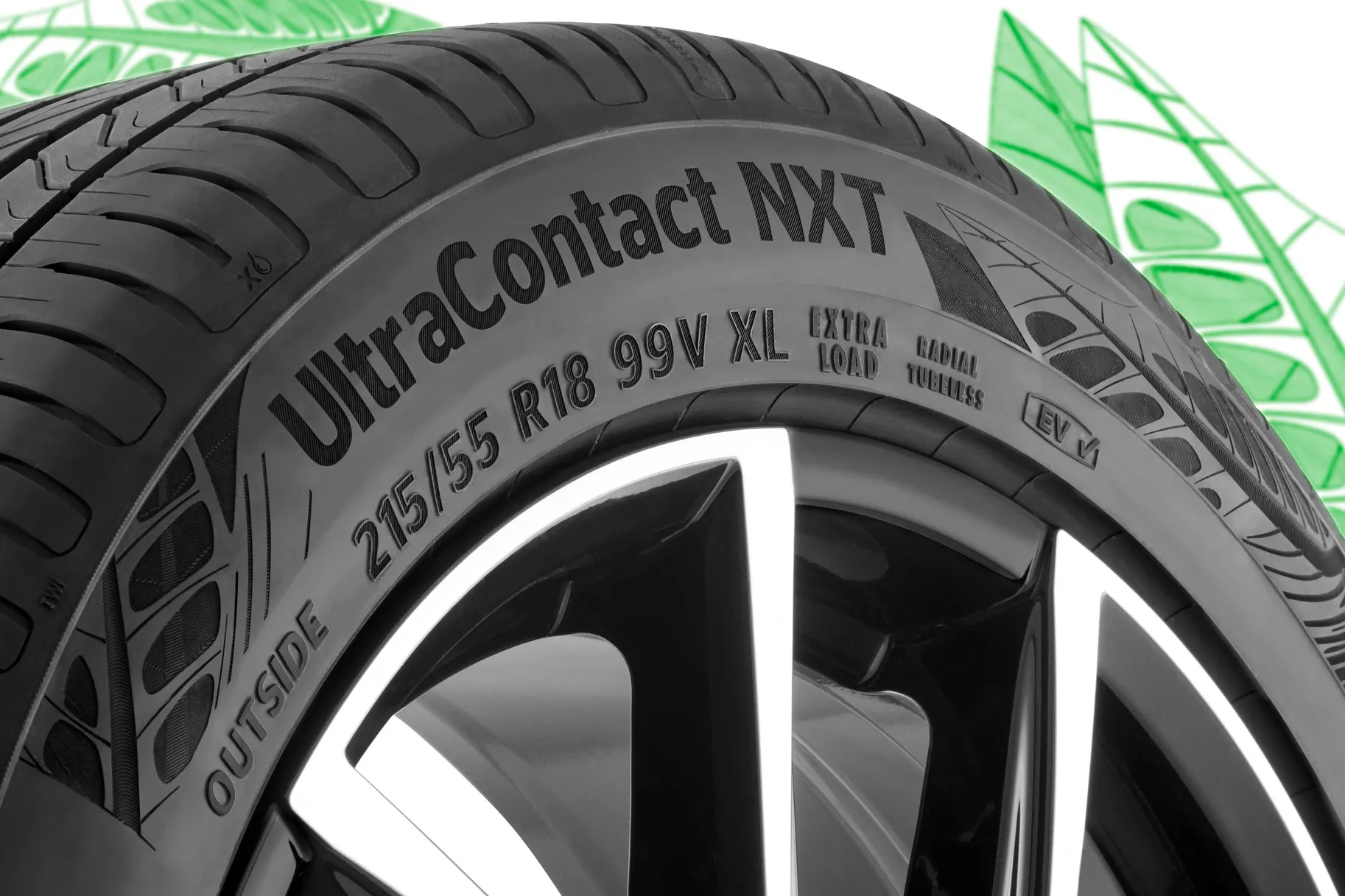Pirelli launched its new Cinturato P7 recently for the premium cars of European and Asian markets.
Pirelli Cinturato P7 Focus on Safety and Efficiency
With increased safety, efficiency, and sustainability, the new Cinturato P7 follows on the great tradition of the Cinturato, with 70 years of history behind it, as well as capitalising on all the lessons learned from the continuous development of the previous-generation P7.
Pirelli Cinturato P7 focuses on safety and efficiency. Besides improving on the dry handling of its predecessor, the company claimed that the new tyre also improves greatly on wet handling, aquaplaning and braking in particular: taking 4 metres less to come to a stop from 100kph. It is said that the innovations introduced by Pirelli’s engineers also improve acoustic comfort (thanks to less road noise) and ride comfort, with the new tyre better able to absorb bumps in the road. Overall, tyre life increases by 6 per cent, and rolling resistance also goes down by an average of one class (minus 12 per cent), improving fuel consumption by four per cent (measured on the WLTP cycle) as well as CO₂ emissions, added Pirelli.
The new Cinturato P7 features a specially created tread pattern that is enriched with silica and specific resins that help to increase grip and enhance the function of the tyre’s polymers. According to Pirelli, these are synthetic elastic materials that are chemically modified to improve the interaction with silica – and these polymers can change according to the tyre’s working temperature. This means the new compound benefits from a sort of ‘mechanical intelligence’, thanks to better distribution of the silica particles and more effective interaction between them. As a result, the tyre’s characteristics can alter according to driving and temperature conditions, giving the driver an extremely wide optimal working range.
Another area that Pirelli’s engineers have worked on is the tyre’s capability to ‘talk’ with existing electronic driver aid systems. In the case of ABS, for example – assuming the same car and tyre size – a tread pattern optimised to work in synergy with the car’s own electronics is able to brake sooner. Tests carried out when braking from 100 kph have shown that the new Cinturato P7 needs an average of four fewer metres to stop: a reduction of between seven and 10%.
Pirelli added that it developed the new Cinturato in collaboration with ‘the world’s leading carmakers’, through virtual tyre models. That means, the tyres can be optimally tuned to work together with existing driver aid on vehicles such as lane control system.

